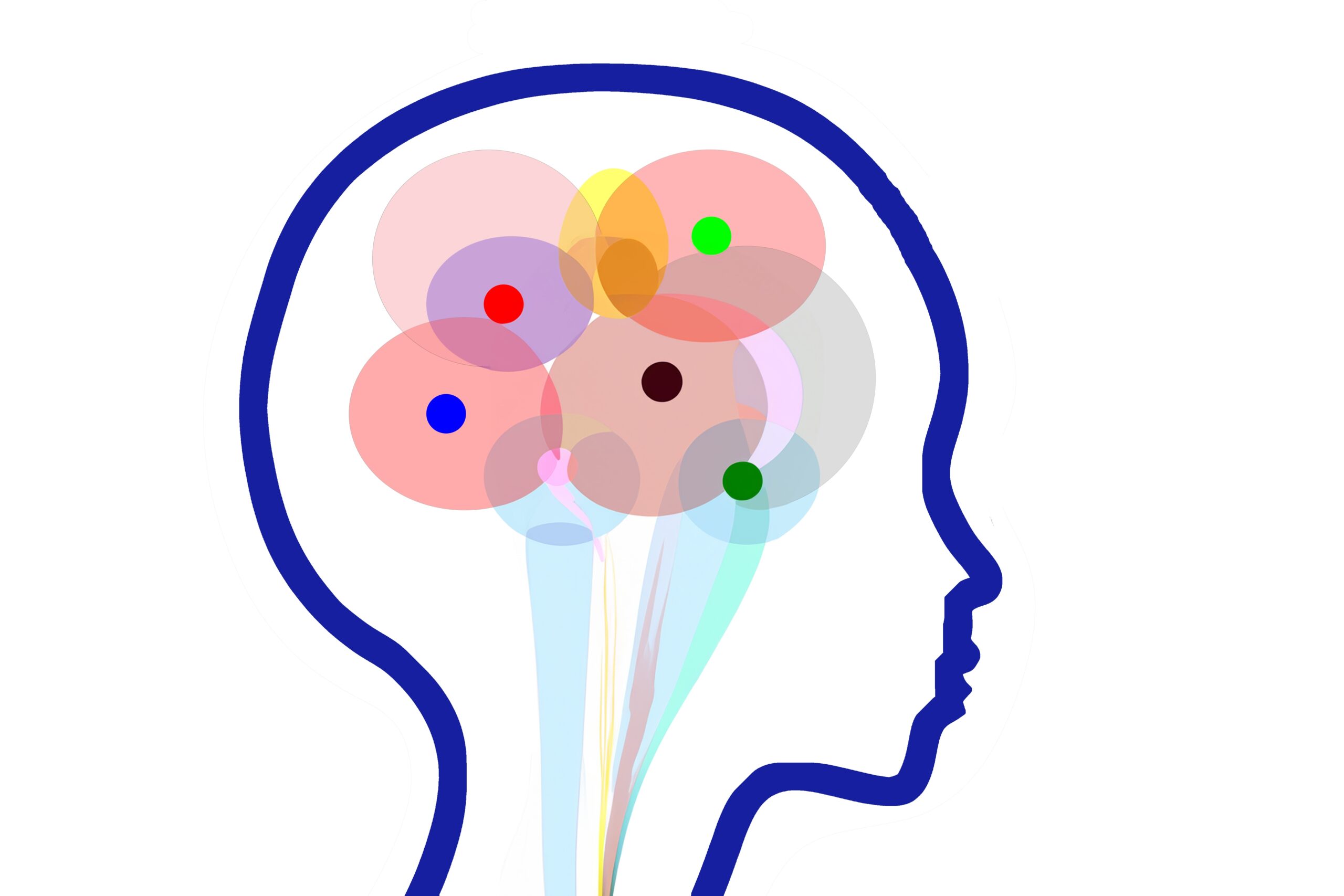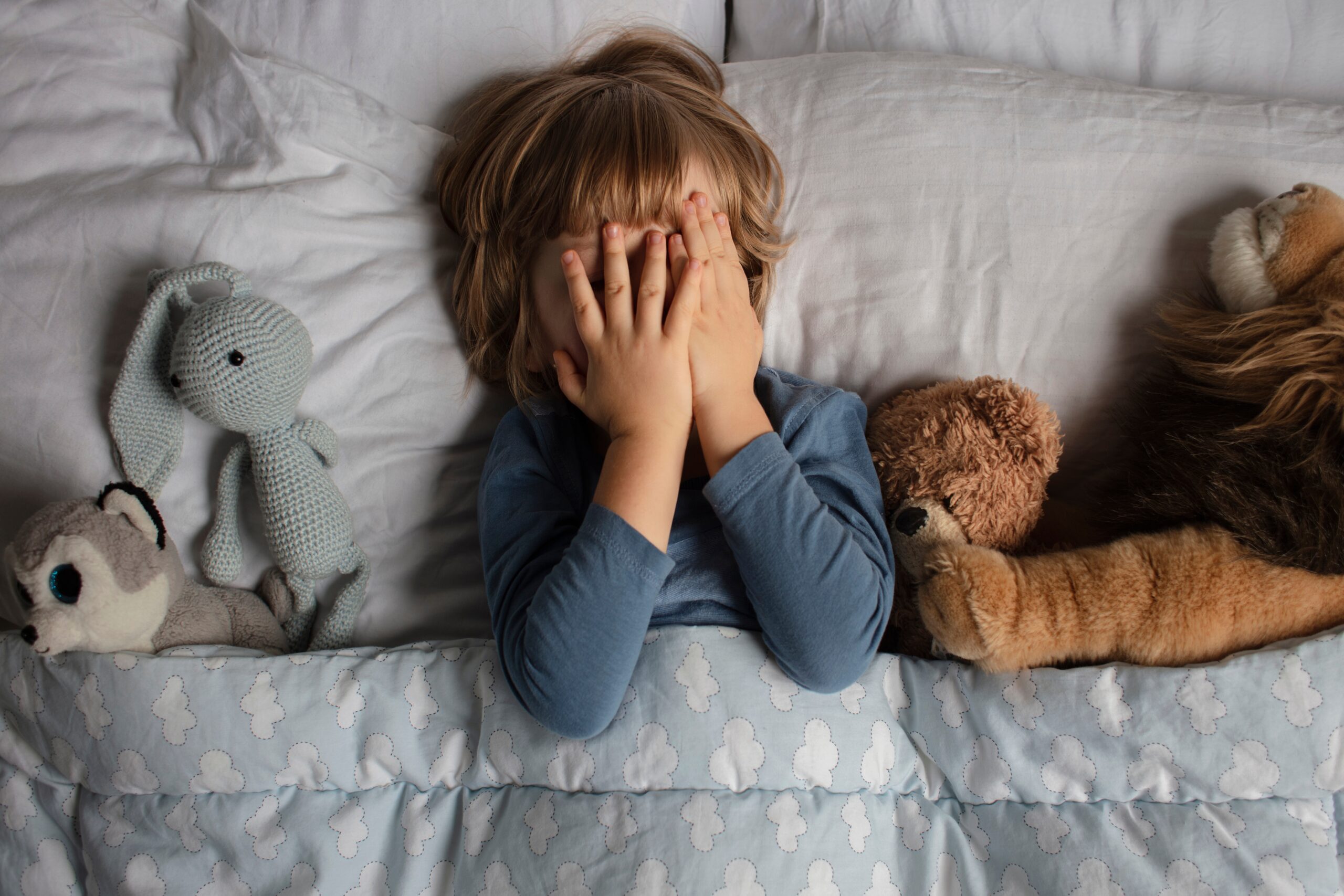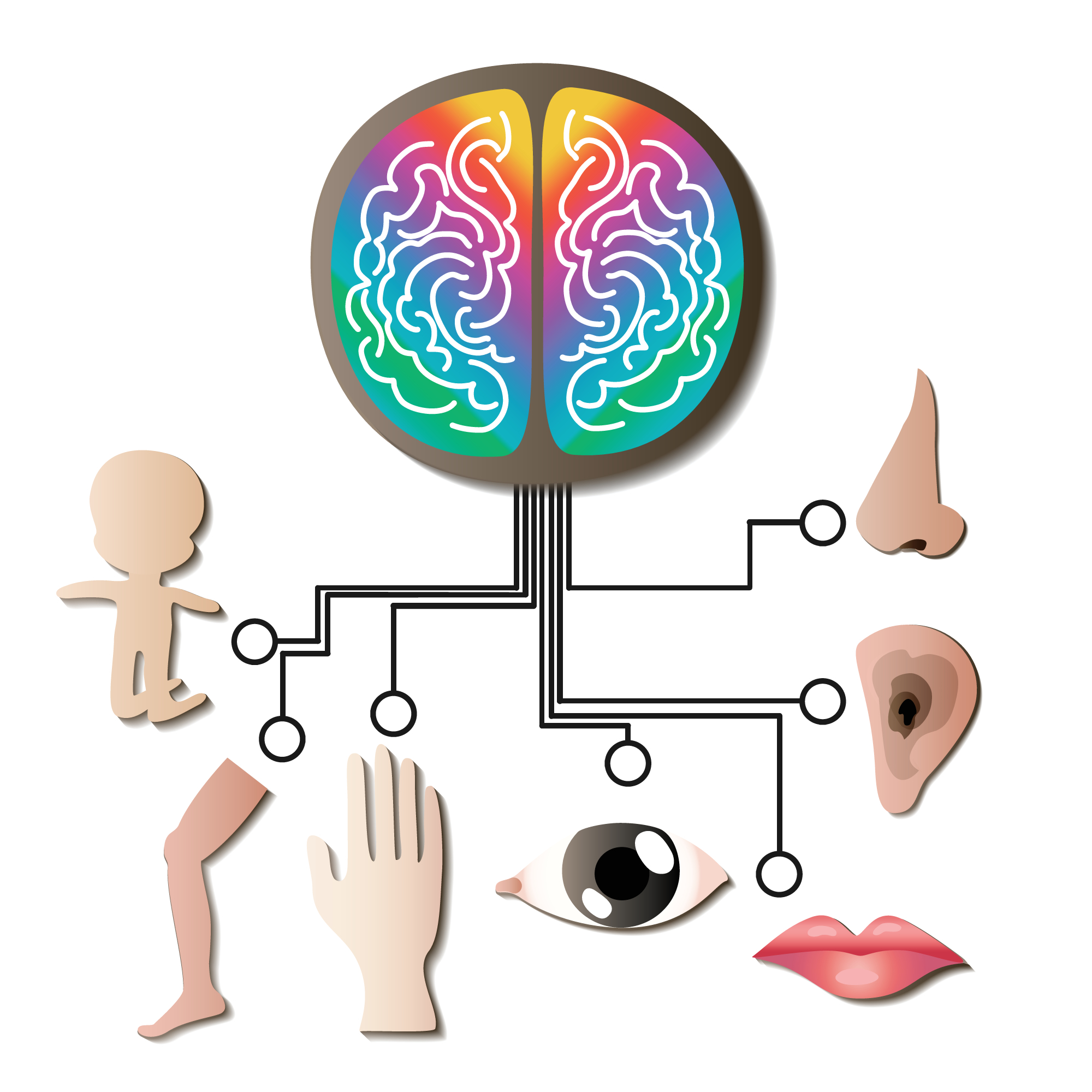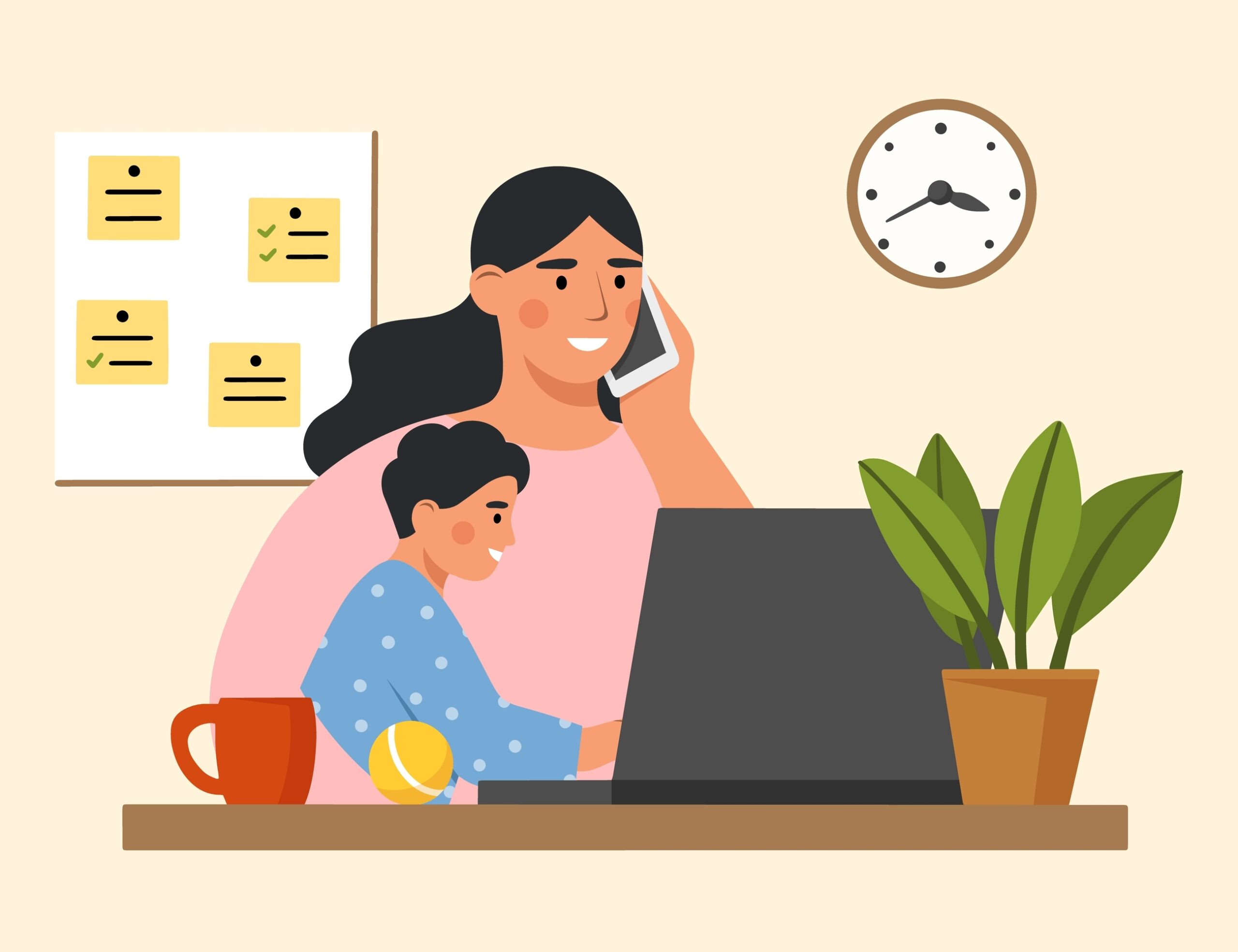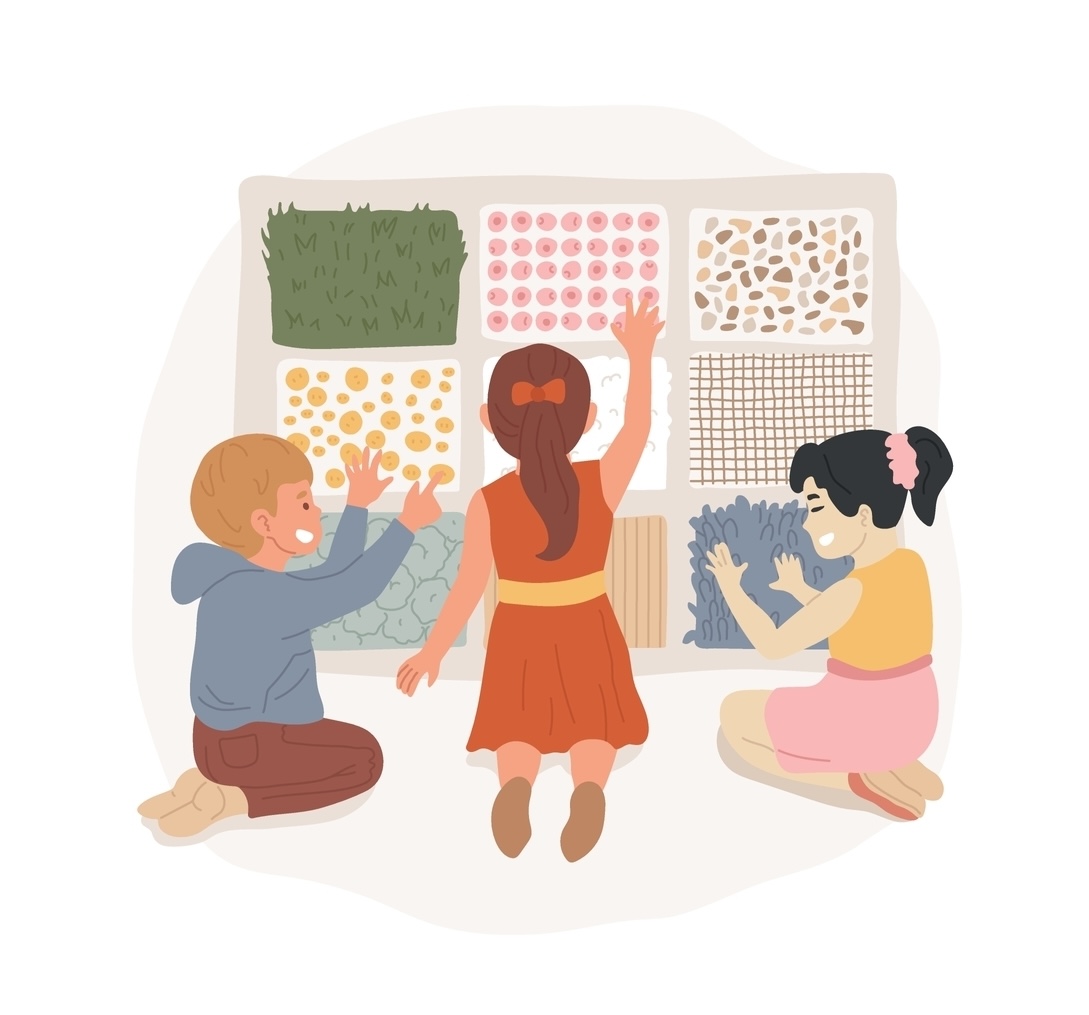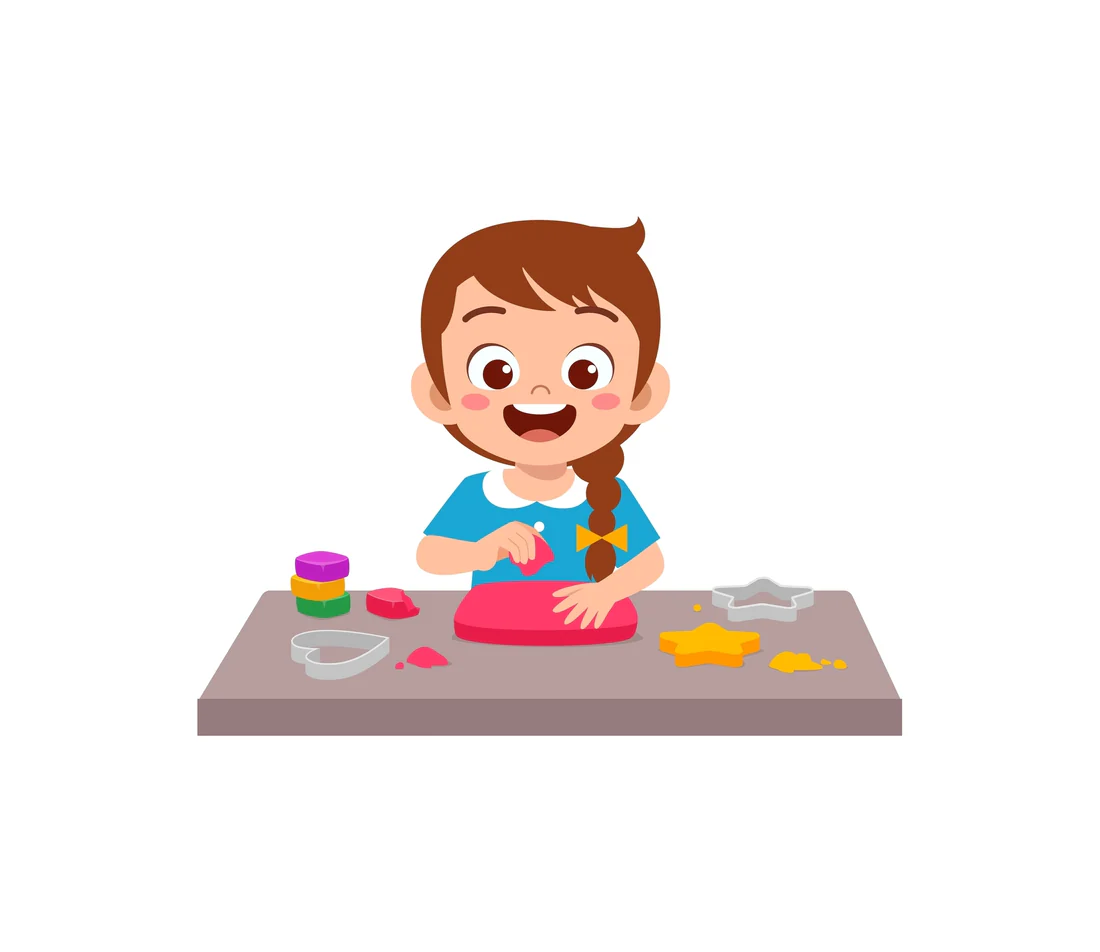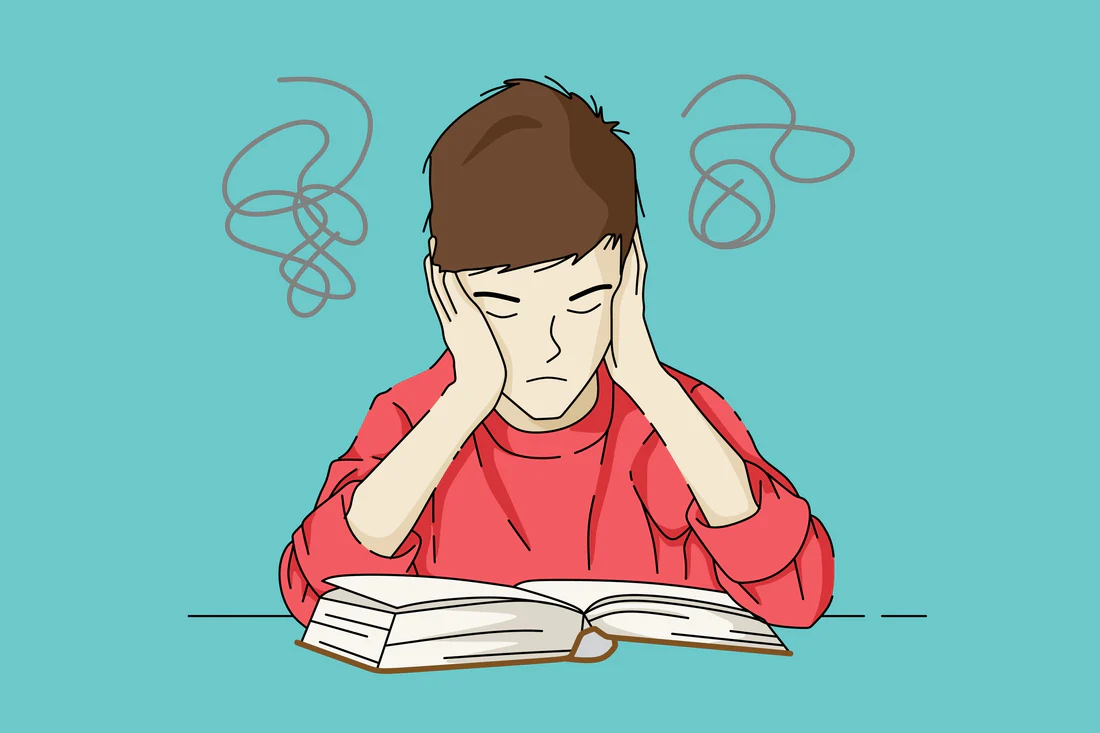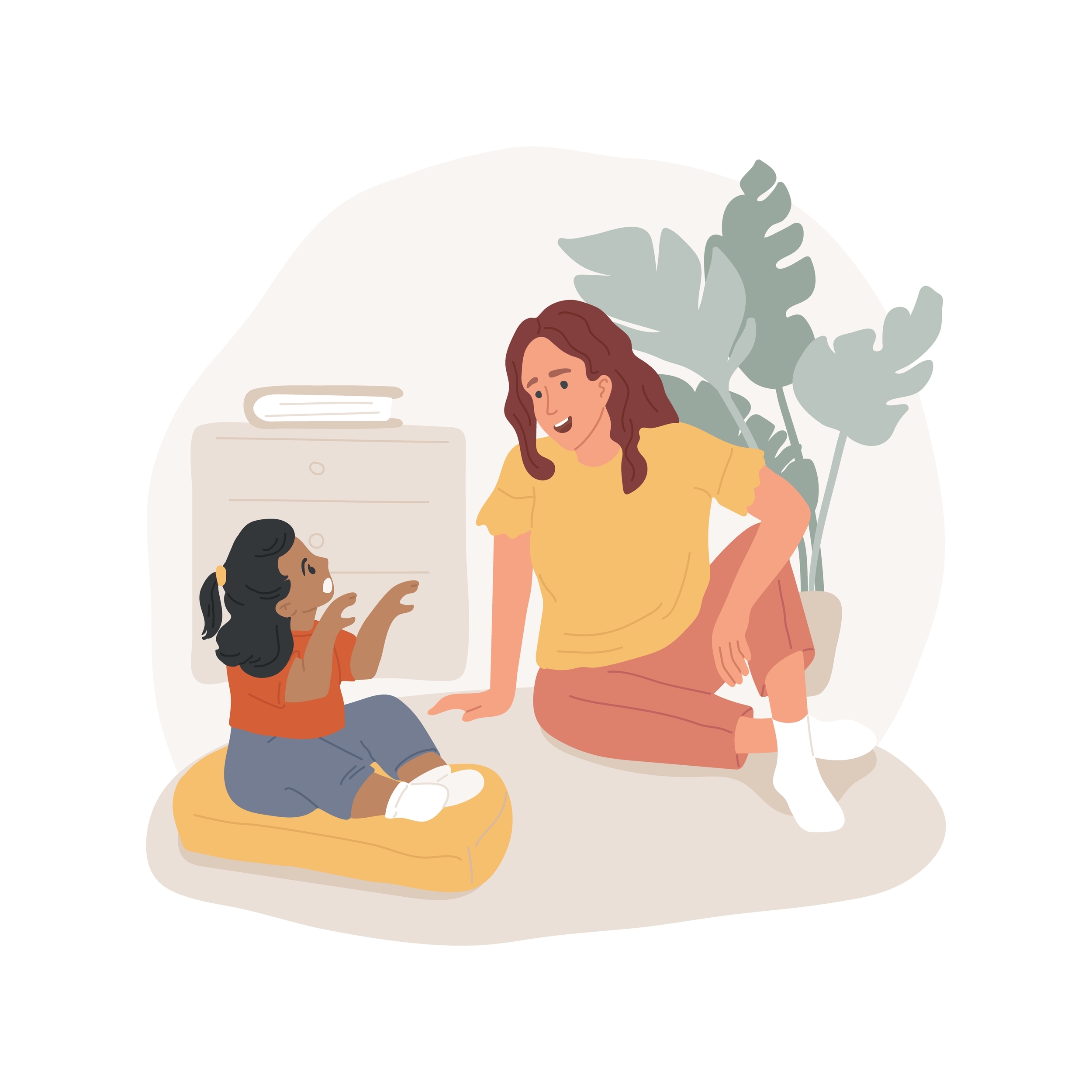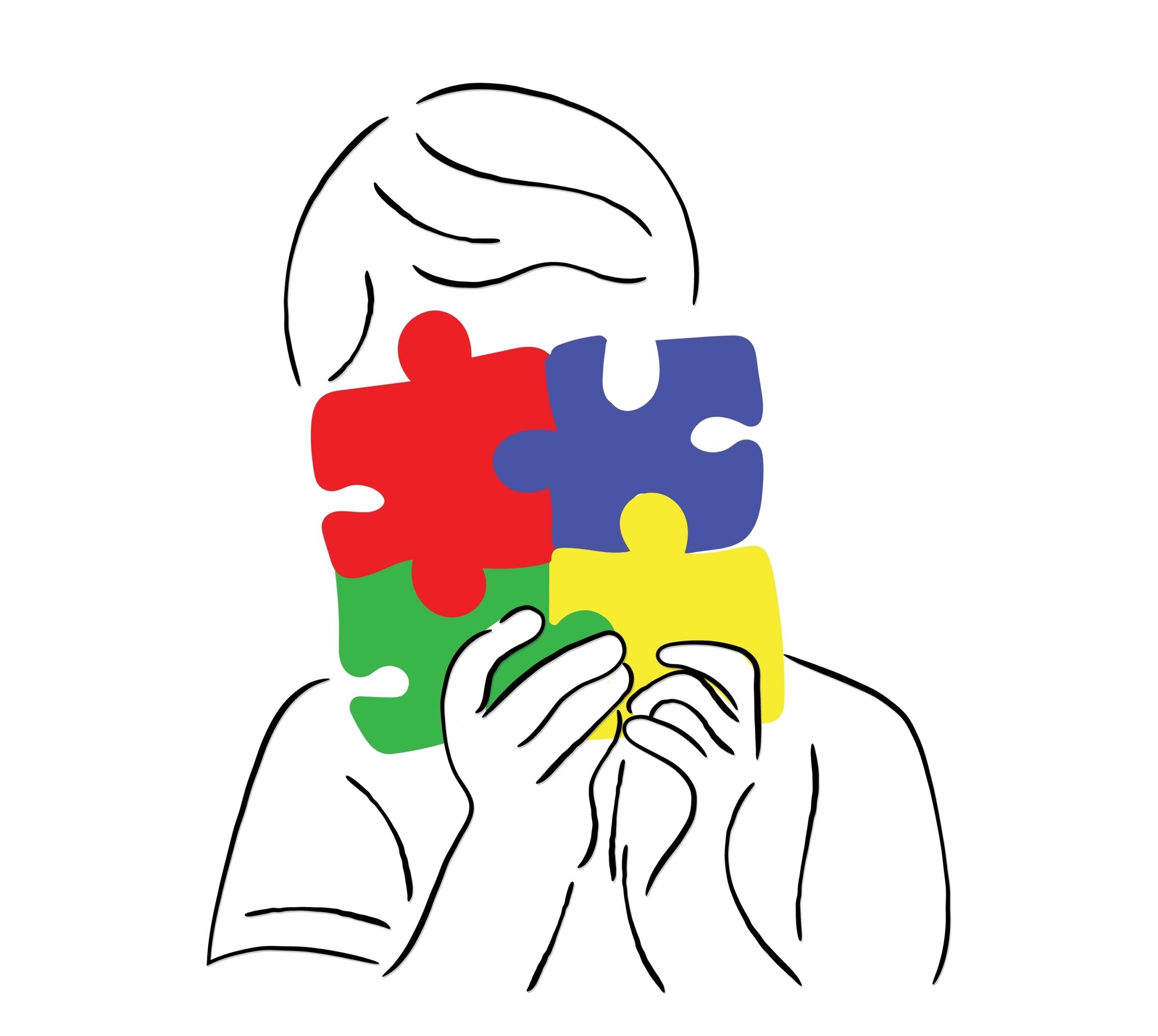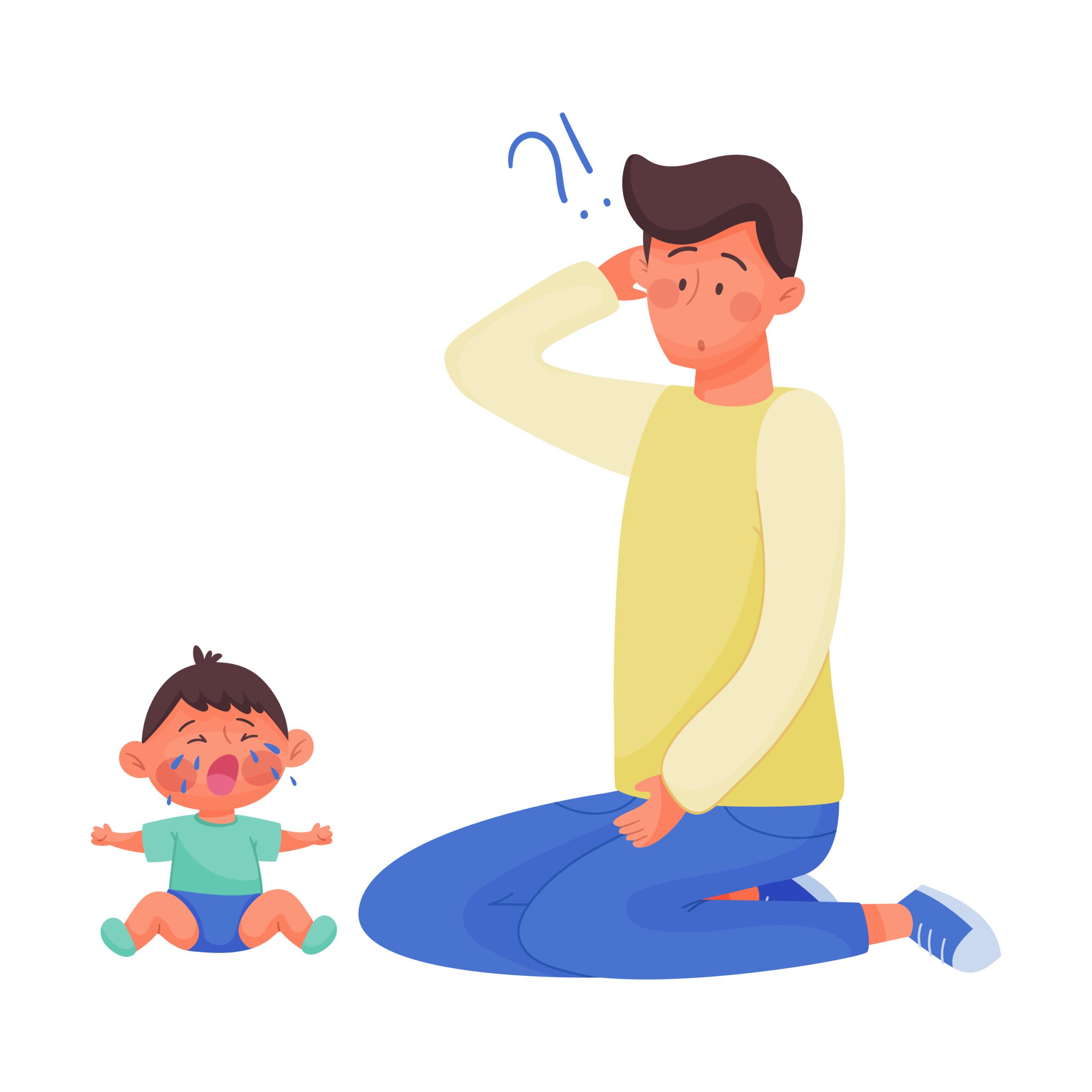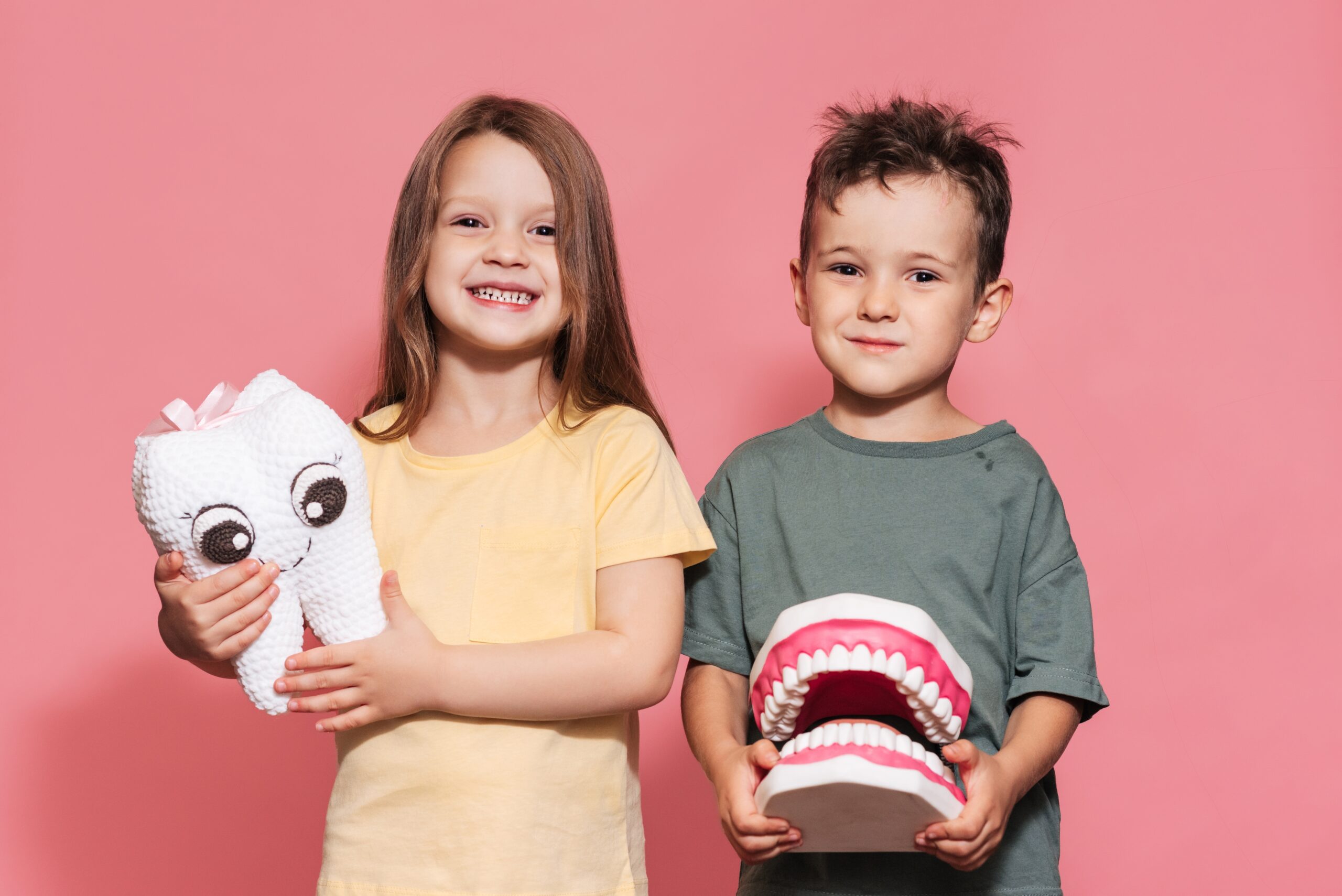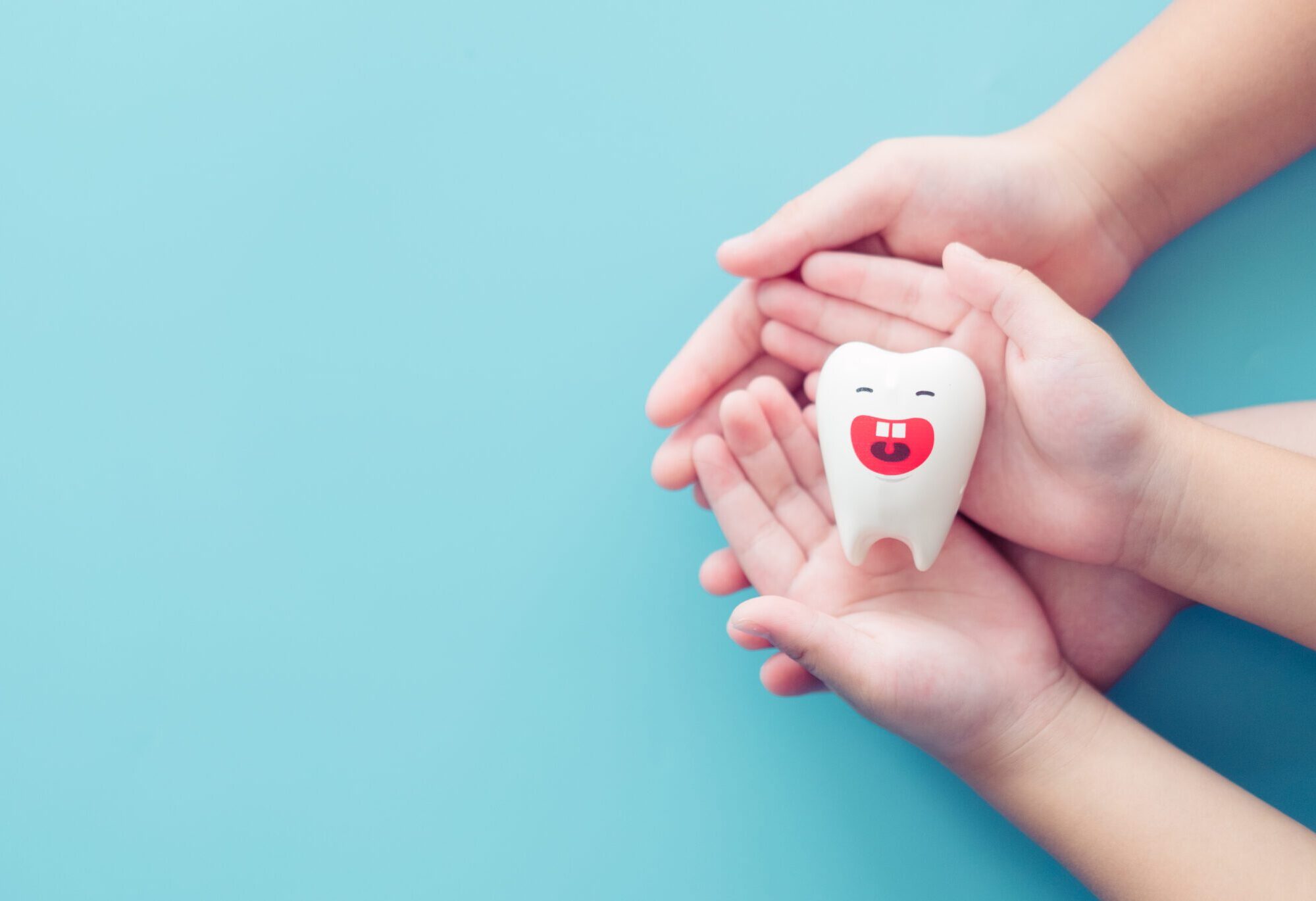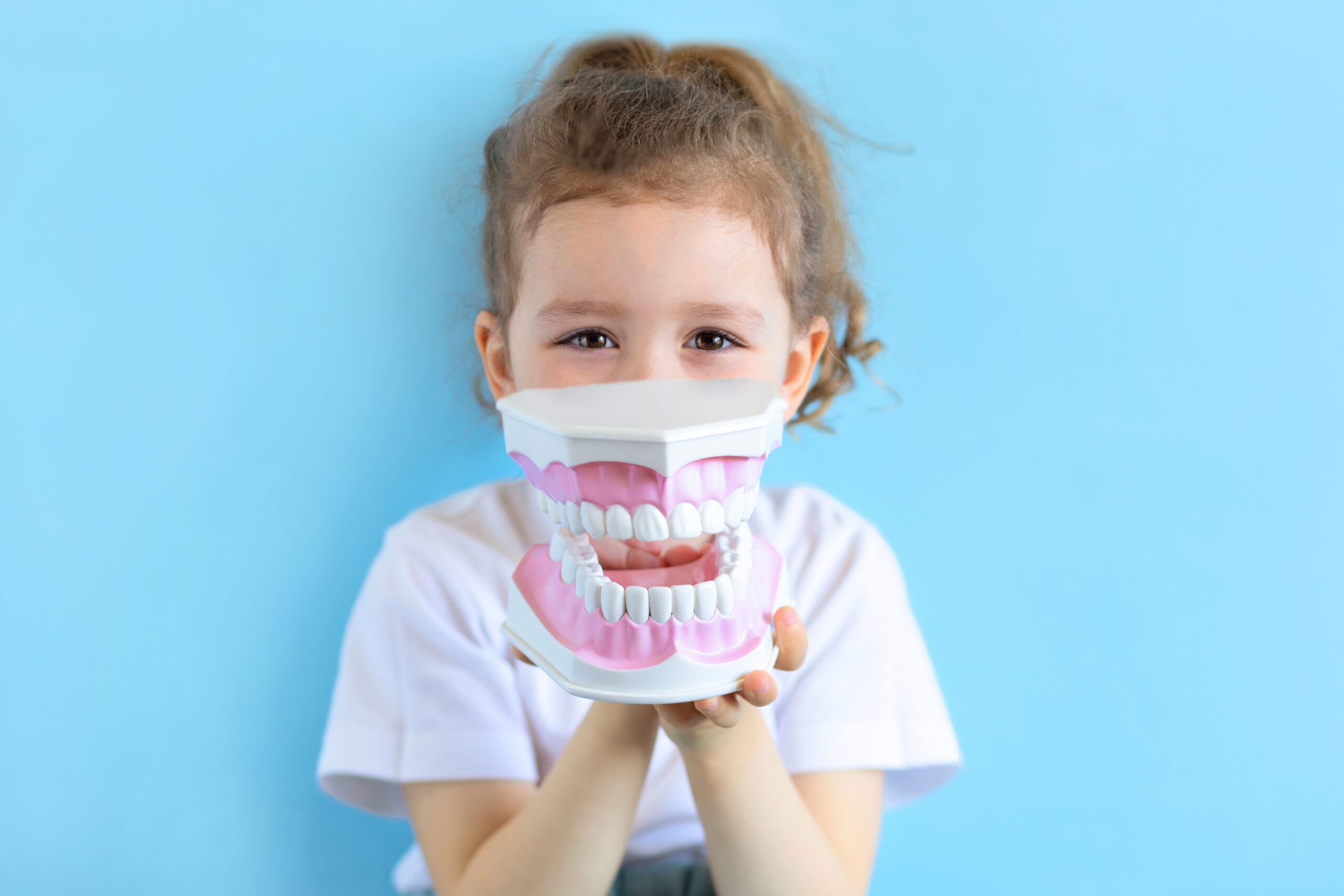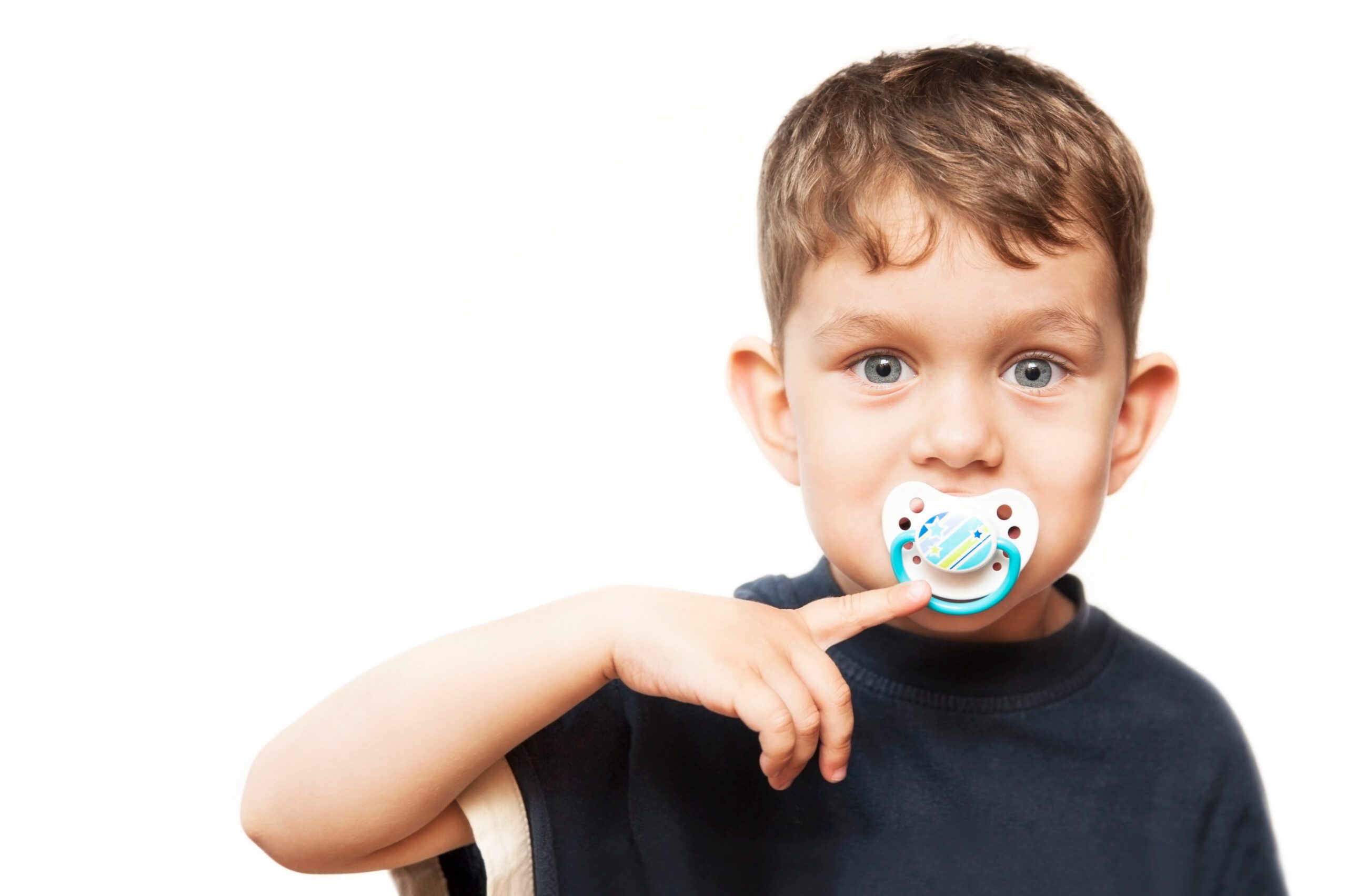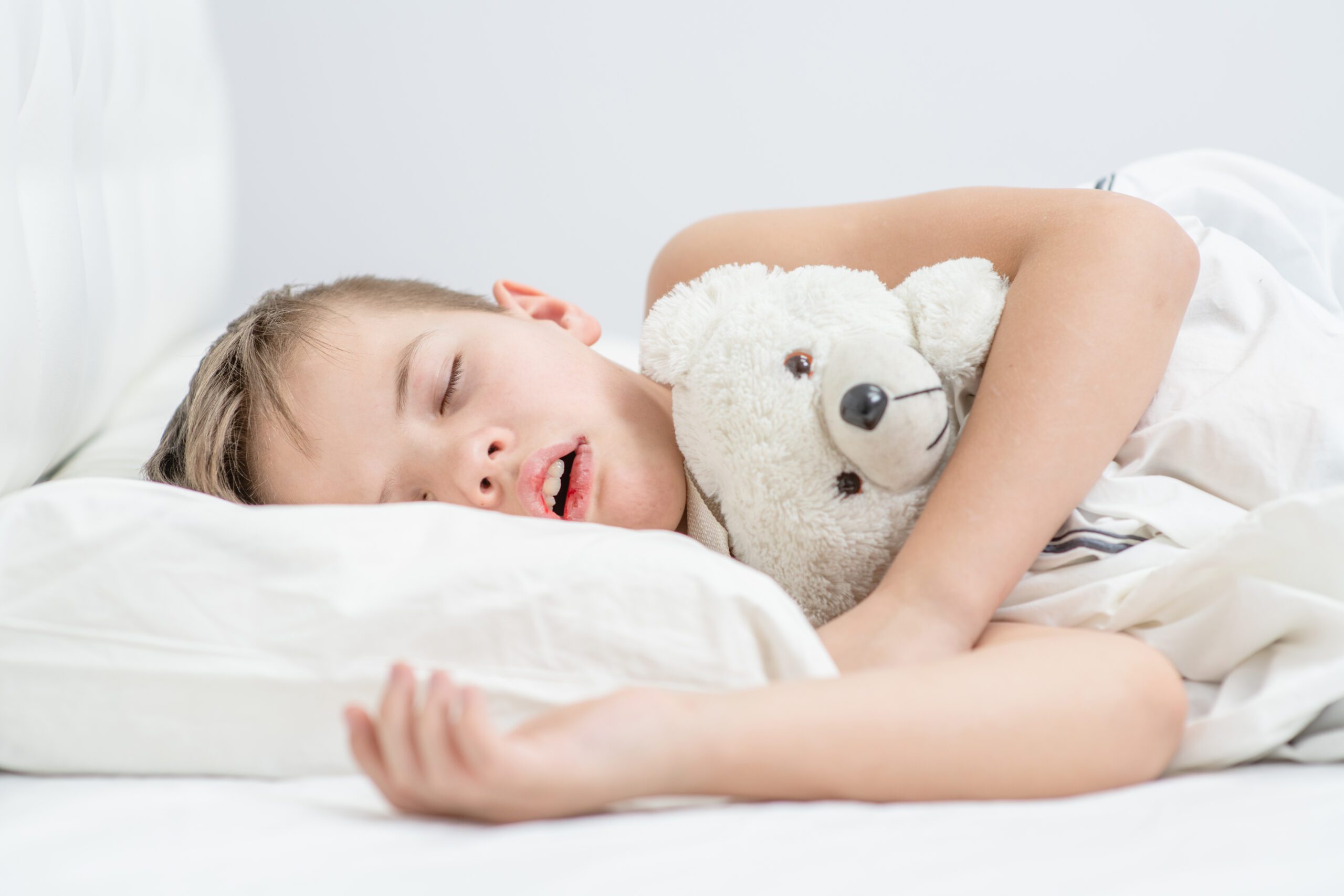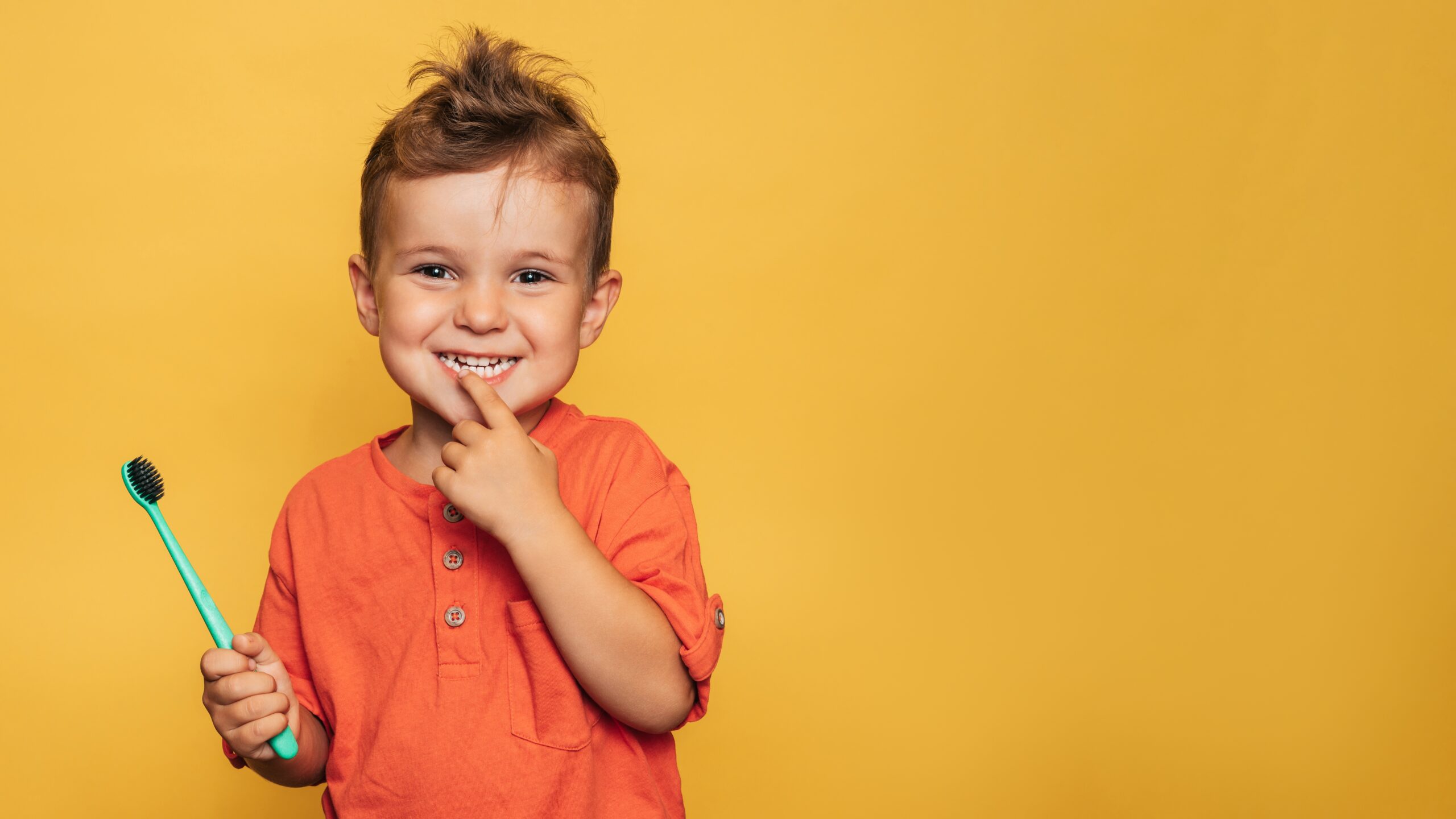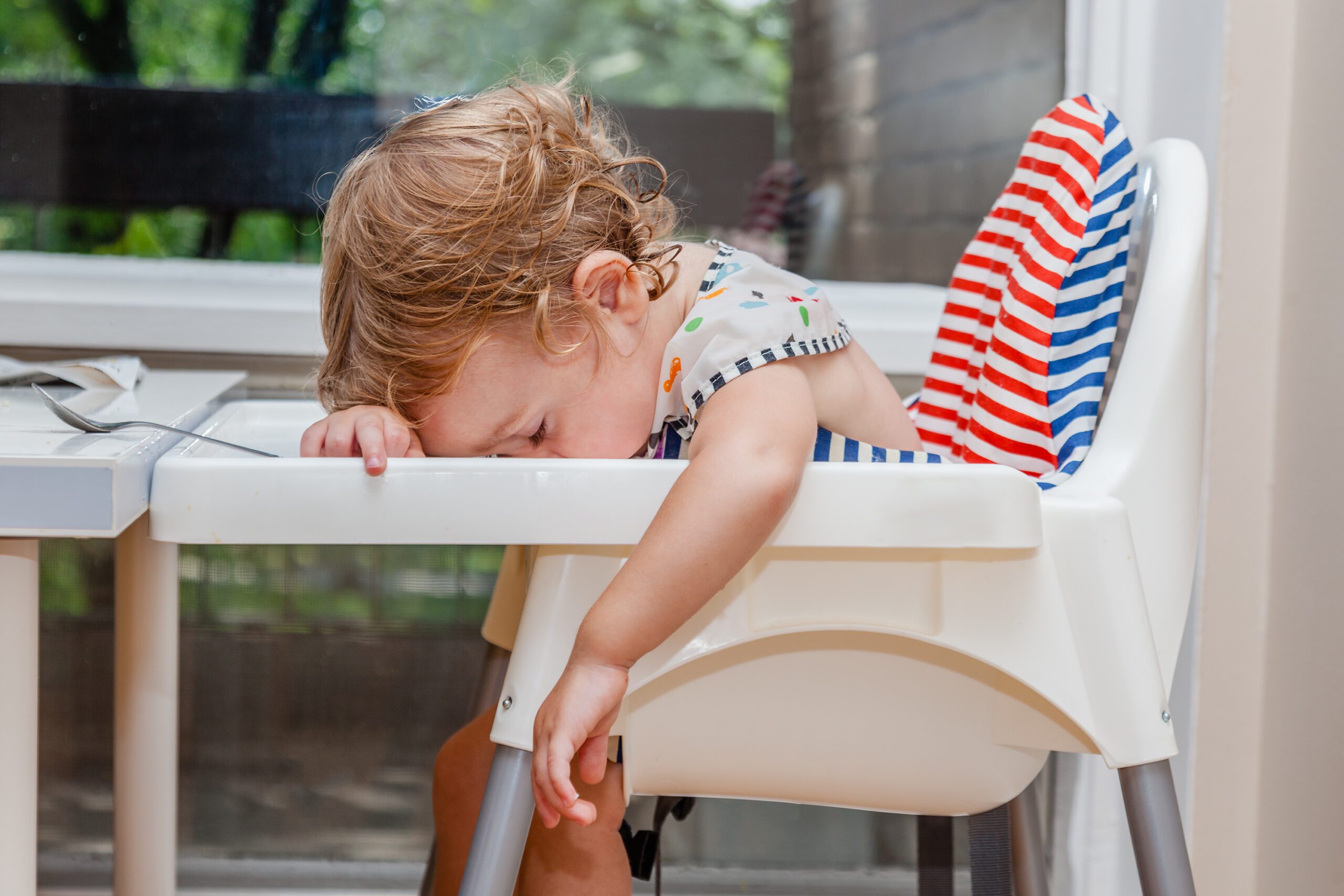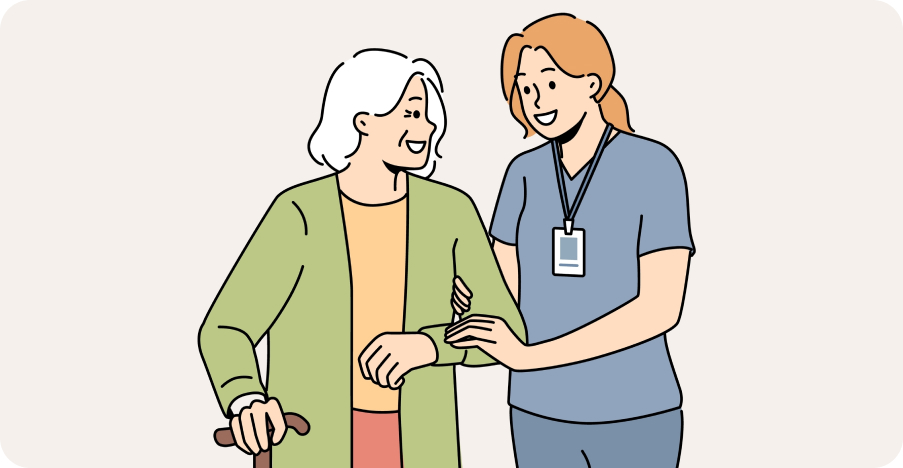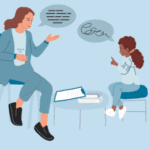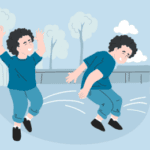
Blog
Autism and Noise Sensitivity: How to Support Your Child
Author: DrSensory
August 1, 2025
Autism and Noise Sensitivity: How to Support Your Child
A bustling school cafeteria, a crowded birthday party, or the sudden roar of a vacuum cleaner—for many, these are just the background sounds of daily life. But for a child with autism, these noises can feel like a physical assault. The experience of seeing your child become overwhelmed, cover their ears, and shut down in a noisy environment is a challenging and often heartbreaking reality for many parents. This intense reaction, known as noise sensitivity or hyperacusis, is one of the most common sensory challenges associated with autism.
Understanding that this isn’t a behavioral choice but a genuine neurological response is the first step toward providing effective support. Your child’s brain is processing sound differently, turning ordinary noises into a painful or chaotic flood of information. The good news is that with the right strategies, tools, and environmental changes, you can help your child navigate a world that often feels too loud.
This guide will explain why noise sensitivity is so common in autism, how to recognize the signs, and offer practical tips and tools to help you create a more comfortable and supportive world for your child.
Why Noise Sensitivity Is Common in Autism
Sensory processing differences are a core feature of Autism Spectrum Disorder (ASD). The autistic brain often has difficulty filtering and modulating sensory input from the environment. While one person’s brain can easily tune out the hum of a refrigerator or the chatter of a nearby conversation, an autistic brain may process all sounds at the same high volume, with no filter.
This happens because the neural pathways responsible for processing auditory information can be hyper-reactive. Everyday sounds are amplified, making them feel distracting, overwhelming, and even painful. Imagine trying to have a conversation while a dozen different radios are all blasting at full volume—this is a glimpse into what a person with noise sensitivity might experience.
This constant sensory overload can lead to a state of high alert, anxiety, and exhaustion. The child isn’t being “difficult”; their nervous system is in a perpetual state of fight-or-flight, trying to protect itself from an environment that feels threateningly loud.
Signs of Hyperacusis in Children with Autism
Hyperacusis is the medical term for sensitivity to everyday sounds. In children with autism, especially those who are non-verbal or have communication challenges, this sensitivity often shows up through their behavior.
Look for these common signs:
- Covering Ears: This is the most classic sign. The child may press their hands flat against their ears to block out sound.
- Sudden Meltdowns or Shutdowns: An abrupt emotional outburst or, conversely, a complete withdrawal in a noisy place can be a direct result of sensory overload.
- Fear of Specific Noises: The child might show intense fear or anxiety around specific sounds like toilets flushing, balloons popping, or sirens.
- Avoidance: Refusing to go to certain places like movie theaters, school assemblies, or grocery stores.
- Making Self-Generated Noise: Some children hum, sing, or talk loudly to themselves. This can be a way to block out unpredictable external sounds with a predictable one they can control.
- Distress with Overlapping Sounds: Difficulty focusing or becoming agitated when multiple people are talking at once.
Practical Tips for Managing Noise Sensitivity
Managing noise sensitivity involves a two-part approach: using tools to dampen sound and modifying the environment to reduce sensory triggers.
Noise-Canceling Headphones and Other Tools
Providing your child with tools to control their auditory environment can be incredibly empowering. It gives them a way to manage overwhelming situations independently.
- Noise-Canceling Headphones: These are a game-changer for many families. They use active noise-canceling technology to block out ambient background noise. They are perfect for planned outings to loud places like malls or airports.
- Ear Defenders: These look like bulky headphones but offer passive noise reduction. They are often more durable and provide a higher level of sound blocking, which can be ideal for extremely loud events like fireworks or concerts.
- Earplugs: For children who can tolerate something inside their ears, discreet foam or silicone earplugs can be a good option for slightly lowering the overall volume in a classroom or at the dinner table without completely blocking sound.
- White Noise Machines: In the home, especially in the bedroom, a white noise machine can create a consistent, calming auditory backdrop. This can mask sudden, startling noises from outside and improve sleep quality.
Creating a Sensory-Friendly Environment
Modifying your child’s surroundings can reduce the daily sensory load, freeing up their mental energy for learning and connection.
- Establish a “Quiet Zone”: Designate a space in your home where your child can retreat when they feel overwhelmed. This could be a corner of their room with a beanbag chair, soft blankets, and their favorite books. Make it a rule that this is a no-noise, no-bother zone.
- Soften Your Home’s Acoustics: Hard surfaces amplify sound. Adding area rugs, curtains, and even fabric wall hangings can absorb sound and make your home a quieter, calmer place.
- Give Warnings for Loud Noises: Whenever possible, provide a heads-up before a loud sound occurs. Simple warnings like, “I’m going to start the vacuum in one minute,” can help your child prepare themselves, reducing the startle and fear response.
- Plan Outings Strategically: Visit stores, parks, and museums during off-peak hours when they are less crowded and noisy. Having an exit plan is also crucial. Let your child know that if it gets too much, you can and will leave.
- Advocate at School: Work with your child’s teachers to implement accommodations. This could include allowing the use of headphones during loud assemblies, providing a quiet space for them to take breaks, or seating them away from noisy areas like the pencil sharpener or a loud fan.
Supporting a child with noise sensitivity is a journey of observation, empathy, and adaptation. By understanding their world and providing the right tools, you can help them feel safer, calmer, and more capable of thriving.

Frequently Asked Questions (FAQs)
❓Are noise-canceling headphones a crutch for autism?
No, they are an essential accessibility tool, much like glasses for someone with poor vision. They don’t weaken a child’s ability to cope; instead, they reduce the painful sensory input, which frees up their brain to focus, learn, and engage with the world more comfortably.
❓My child hates wearing headphones. What are the alternatives?
If headphones are a no-go, focus on environmental modifications. Create quiet spaces at home, use sound-absorbing materials like rugs and curtains, and try strategies like giving warnings before loud noises. For outings, discreet earplugs or simply choosing quieter times and locations can make a big difference.
❓What is the difference between noise sensitivity and a normal dislike of loud noise?
The difference lies in the intensity and impact. Most people are startled by a sudden loud noise, but a child with hyperacusis may experience it as physically painful. Their sensitivity interferes with their ability to participate in daily activities, leading to meltdowns or complete avoidance of situations that others find manageable.
❓Can occupational therapy help with noise sensitivity?
Yes, an occupational therapist (OT) can be a great resource. They can help create a “sensory diet” that includes activities to help regulate the nervous system. While OT may not eliminate the sensitivity, it can help your child develop better coping mechanisms and reduce their overall state of sensory arousal.
❓How can I explain my child’s noise sensitivity to family and friends?
Use a simple analogy. You might say, “Imagine your hearing has the volume turned all the way up, and you can’t turn it down. That’s what it’s like for him. It’s not that he’s being rude; the noise is just genuinely painful.” This helps shift their perspective from behavior to neurology.
related blogs
Your child is constantly moving, crashing into furniture, or having meltdowns in response to seemingly minor things like a loud
Your toddler refuses to wear certain clothes, has huge meltdowns in noisy places, or is an extremely picky eater, limited
Your child seems to miss verbal instructions, struggles to follow conversations in noisy environments, and often asks "what?" even when
On the surface, autism and Ehlers-Danlos syndrome (EDS) might seem like two entirely unrelated conditions. One is a neurodevelopmental condition
The intense head pain begins, lights feel blindingly bright, and every sound seems amplified to an unbearable level. You retreat




